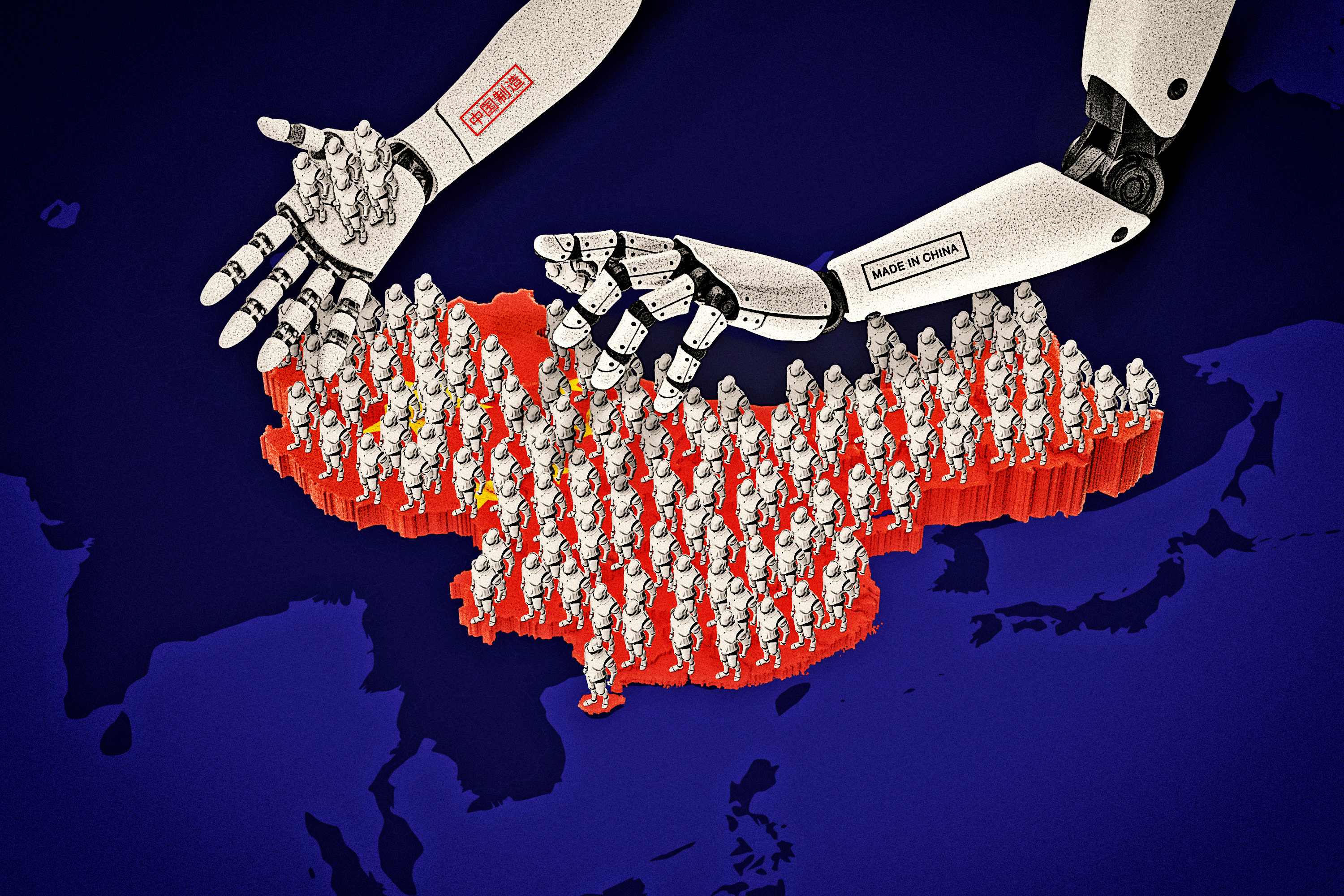News Analysis
The Chinese regime has unveiled plans to mass-produce humanoid robots in an apparent effort to insulate itself from reliance on foreign powers by replacing Chinese workers with machines.

The Chinese regime has unveiled plans to mass-produce humanoid robots in an apparent effort to insulate itself from reliance on foreign powers by replacing Chinese workers with machines.